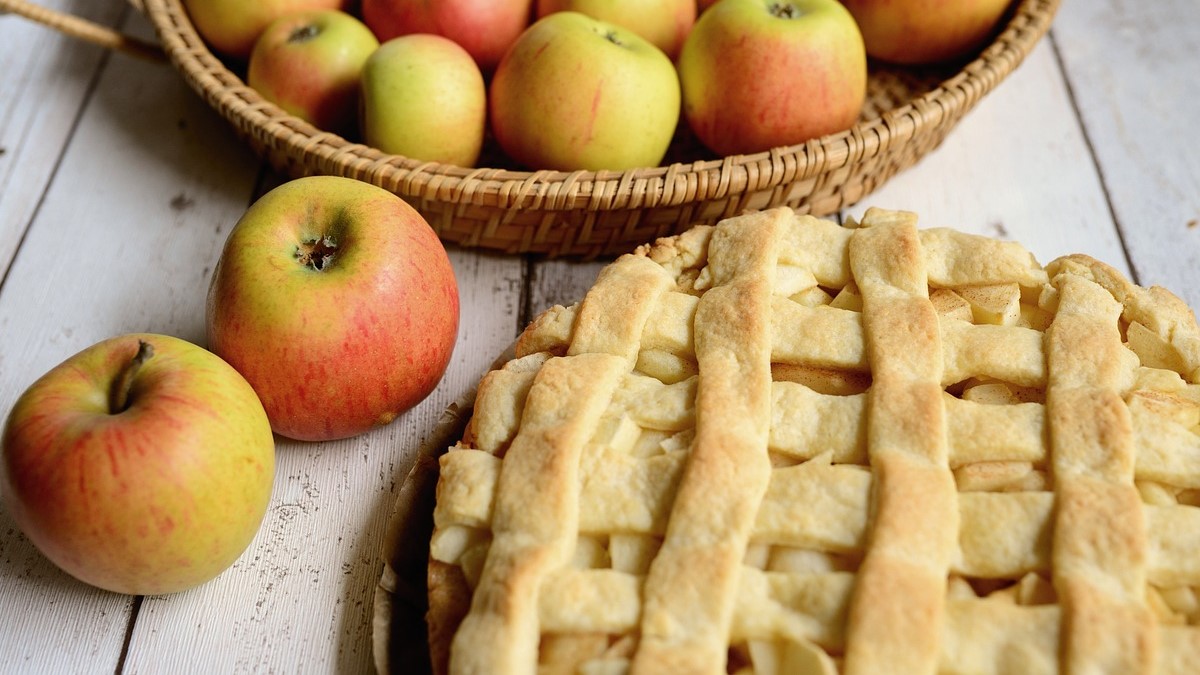Actualidad
Interest of citric acid with a surfactant, natamycin & heated recirculating fungicide systems
Natamycin (*) is a new postharvest biofungicide for citrus and some other fruit crops in the United States that can be effectively used in recycling drench or flooder treatments. These applications necessitate sanitation of the fungicide solution to ensure that it remains free from contamination by bacteria that are potentially human pathogens. During in vitro experiments, heated (48?C) citric acid (1,100 or 2,200 ?g/ml) amended with sodium dodecylbenzenesulfonate (SDBS) (60 or 120 ?g/ml, respectively) significantly reduced the viability of a nonpathogenic
18 January, 2022
Redaccion
Natamycin (*) is a new postharvest biofungicide for citrus and some other fruit crops in the United States that can be effectively used in recycling drench or flooder treatments.?These applications necessitate sanitation of the fungicide solution to ensure that it remains free from contamination by bacteria that are potentially human pathogens. During in vitro experiments, heated (48?C) citric acid (1,100 or 2,200 ?g/ml) amended with sodium dodecylbenzenesulfonate (SDBS) (60 or 120 ?g/ml, respectively) significantly reduced the viability of a nonpathogenic strain of Escherichia coli in natamycin solutions by >5 log10 compared with the control. During laboratory studies with Penicillium digitatum-inoculated lemon fruit, 1,000 ?g/ml of natamycin mixed with 1,000 ?g/ml of lactic acid or citric acid and with or without SDBS (55 ?g/ml) effectively and significantly reduced green mold. Natamycin mixed with lactic acid at ?2,000 ?g/ml, however, caused fruit injury, resulting in browning and rind pitting. Natamycin was incompatible with peroxyacetic acid, resulting in reduced efficacy against green mold. Sodium hypochlorite mixed with natamycin lost its toxicity to E. coli; however, the performance of natamycin was not affected. With heated (average 49?C) drench treatments on an experimental packing line, natamycin (1,000 ?g/ml), fludioxonil (300 ?g/ml), or azoxystrobin (300 ?g/ml) mixed with citric acid (1,000 ?g/ml) and SDBS (55 ?g/ml) were effective against green mold without fruit injury. At a pH between 3.6 and 3.8, citric acid-SDBS significantly reduced the viability of E. coli by approximately 4 log10 in mixtures with fludioxonil or azoxystrobin, but not with natamycin. However, natamycin at 1,000 ?g/ml mixed with 2,000 ?g/ml of citric acid and SDBS (55 ?g/ml) significantly reduced E. coli counts by >4 log10 within 4 min when the pH was maintained between 3.0 and 3.3, and the efficacy of the fungicide was retained. The use of citric acid with a surfactant can be a viable alternative sanitation method for natamycin in citrus packinghouses utilizing heated recirculating fungicide systems. ? SourcesOrganic Acid Sanitizers for Natamycin and Other Fungicides in Recirculating Application Systems for Citrus Postharvest Decay ManagementDaniel Chen, Helga F?rster, Kevin Nguyen & James E Adaskaveg Plant Dis. 2021 Oct;105(10):2907-2913. doi: 10.1094/PDIS-01-21-0227-RE. Epub 2021 Nov 1.https://pubmed.ncbi.nlm.nih.gov/33822660/ The picture belongs to?Positioning Natamycin as a Post-harvest Fungicide for Citrus (*) Natamycin is a food aditive









